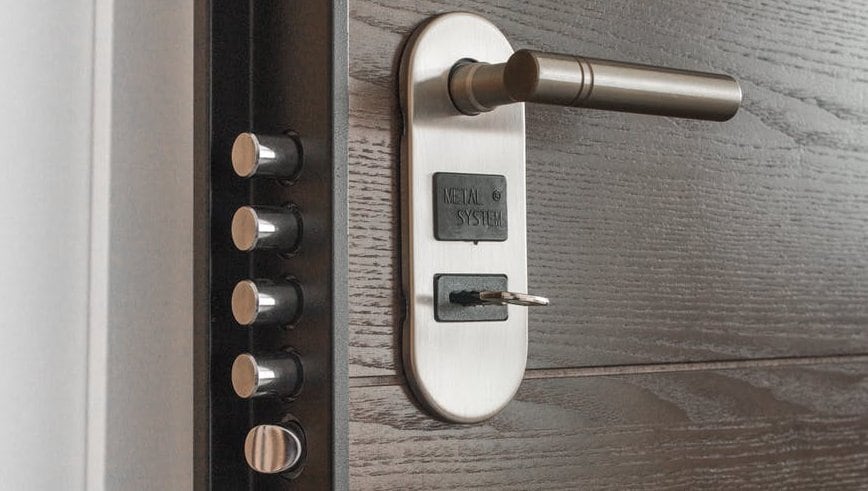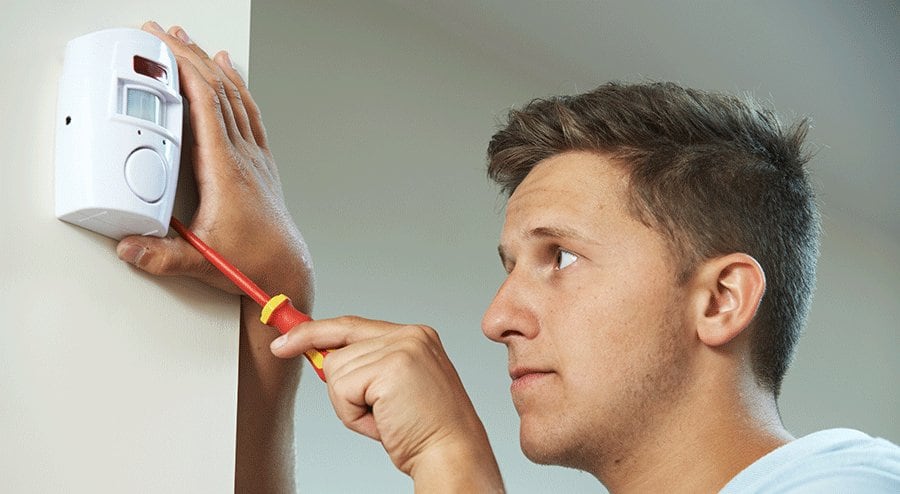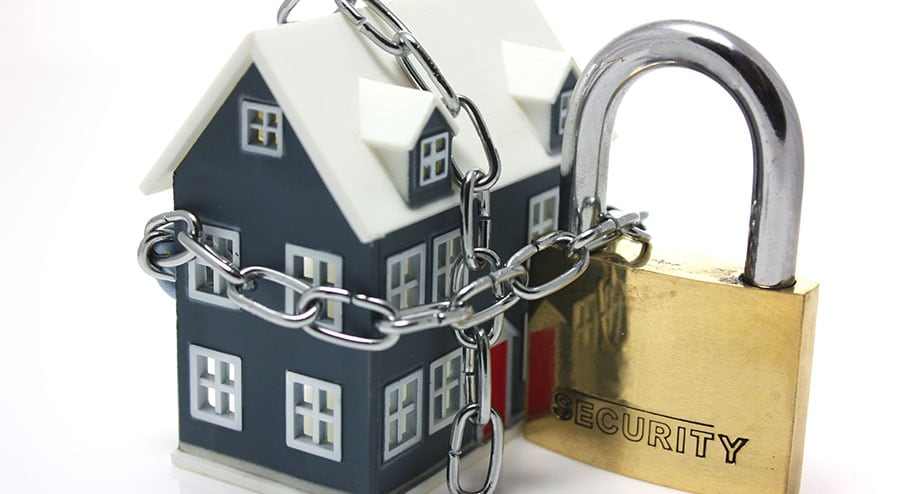Having a handgun in your home is a sensible investment for your safety. This is especially true if you live in an area where violent crime is a concern.
But, it is even more important for you to keep your pistol safe and secure. You must prevent other people in your home from having access to your handguns. Leaving your handguns out in the open could result in dangerous and possibly tragic consequences.
Your handgun itself is also an expensive investment. Leaving it in an unsecured place could expose it to moisture from humidity plus dust and debris. Such outside factors could keep your gun from working properly. Considering how much it costs to get a gun and how much legal work has to be done to help you get one, you need to protect your firearms before they can wear out.
With these points in mind, you should look at how self-defense handgun safes can work for you. This kind of storage unit helps you keep your handguns safe and out of the reach of other people. It also creates the perfect environment where your gun will not be impacted by the atmosphere. There are many handgun safes on the market, such as biometric safes, stack-on gun safes, quick access safes with electronic locks, fingerprint gun safes, combination locks, and mechanical locks to keep just about all pistols and semi-automatic handguns safe and secure from children.
A handgun safe is a useful investment as it protects one of the most important things you could ever have in your home. However, you must take a look at how well such a safe is designed. Your safe must not only offer a secure body but must also be easy to use without it being vulnerable.
How The Mechanism Works
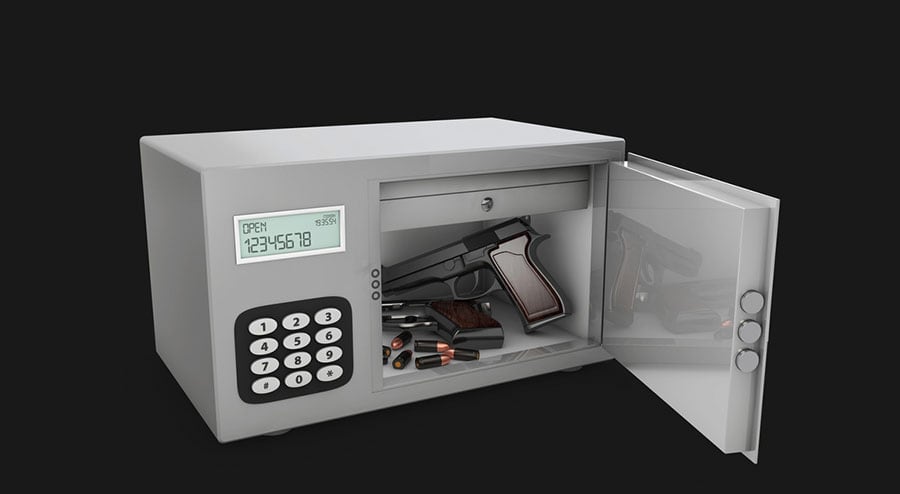
A safe uses a simple design. Depending on the model, you would have to either insert a key into a proper lock or use a combination lock with a dial or keypad. The door will open up after you enter the proper combination or key. It is a simple process that gives you quick access to what is inside provided you are careful enough and that you enter everything properly.
This all comes with a solid door that matches up with the rest of the safe. A series of sturdy legs are also needed although a flat bottom may be used.
Where Can You Store It?
Today’s safes are versatile enough to place them anywhere in your home. Some of the smallest handgun safes are designed with a drawer-like shape. With this, you can quickly insert a safe into a desk slot or even inside a cabinet. The slim body makes it easier for you to secure your safe in even the smallest spaces in your home.
You could also use a traditional standalone option that sits on top of your floor. A standard standalone model would work best if you need to store a few guns plus their ammunition and anything else for use or maintenance.
Some other safes can be positioned inside a walled surface or even inside your floor. A safe like this uses a recessed body where the main storage unit is inside the wall or floor. This allows you to securely keep the safe in a place where it might be hard for someone to carry it around. Even more importantly, it would be a challenge for anyone to try and pry the safe out of the wall or floor. You could even hide the safe behind a painting or other covering inside your home.
What Material Is Used?
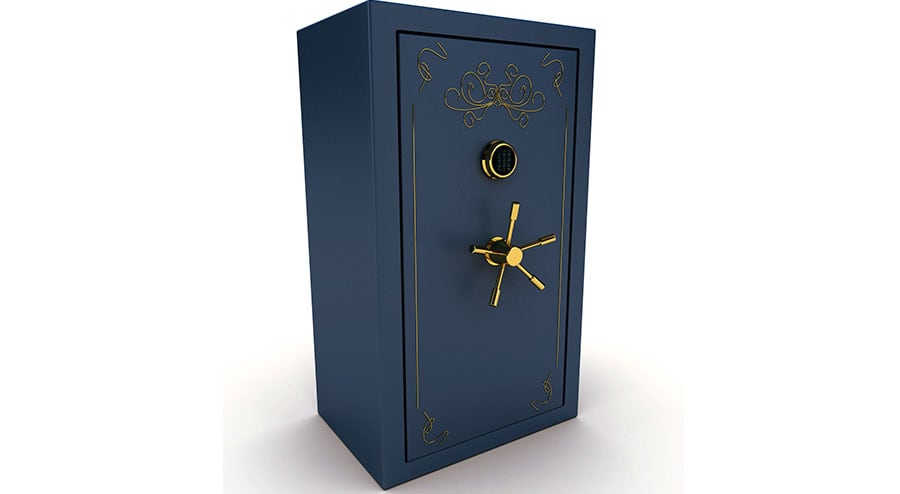
Steel is the most common material used for handgun safes. The metal is popular as it is not only strong but also heavy enough to keep the safe from being easily portable. The surface also absorbs heat and cold conditions well, thus keeping the temperature inside the safe in check.
A Good Steel Gauge
The gauge total on a handgun safe must be analyzed. The gauge refers to the thickness of the steel. When the gauge number is higher, the steel is thinner.
The largest steel safes feature a gauge of around 3 to 6 on average. This means the thickness could be as great as 0.234 inches or as little as 0.194 inches. Some smaller models, however, including ones that fit under a desk, might include a gauge of 10 or 0.134 inches. You must check on how thick the surface is when ordering a safe so you know how dense it might be.
Can Foam Work?
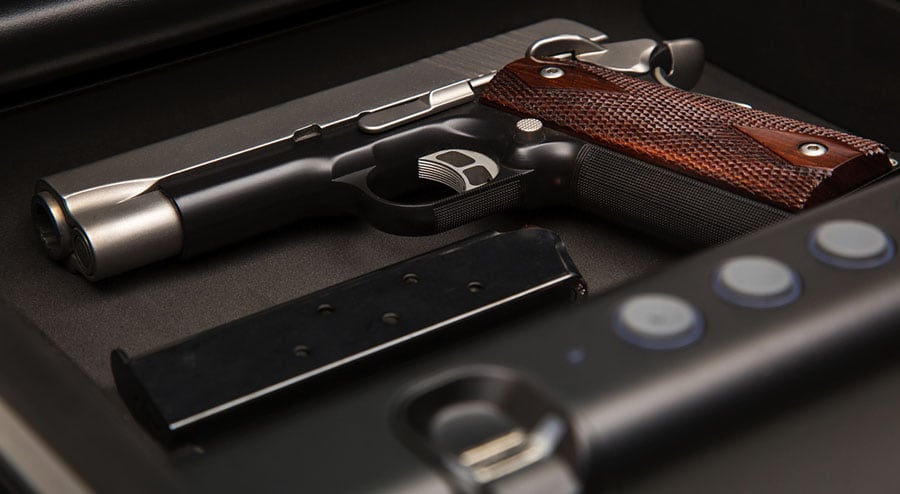
Sometimes a handgun safe might look thicker than what its gauge suggests. This is thanks to how a foam insert is included in the safe. A foam compound can be applied to create a barrier that keeps the inside of the safe from being harmed by humidity and other outside conditions. It also adds an extra bit of coverage against hot and cold air.
A foam insert is like an insulator. It keeps the temperature inside the safe consistent. The handguns inside it will not pick up debris or other outside items when they are in the safe. Their barrels will be fully clean and secure.
Fire Ratings Are Vital
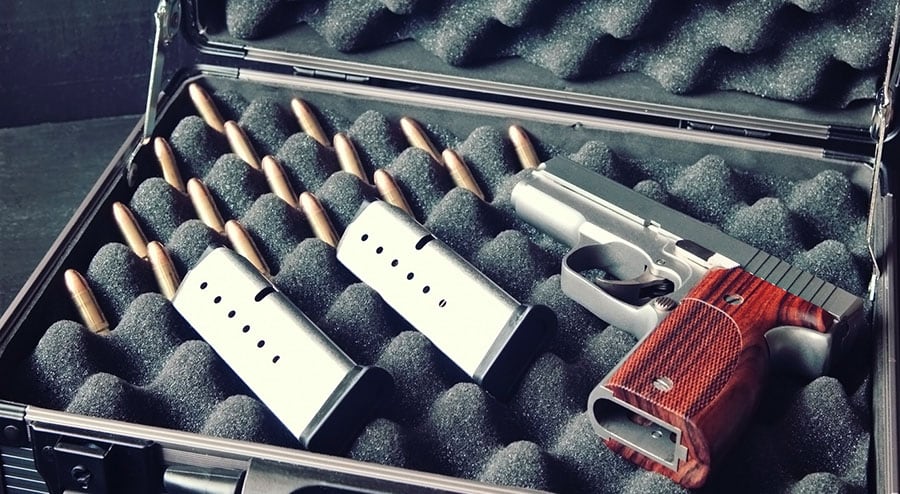
The fire rating of a handgun safe is one good point to measure. The fire rating refers to how long a safe can handle certain temperatures. For instance, you might read that a safe is fire-rated at 1400 degrees Fahrenheit for about 30 minutes. This means the safe could persist in a fire as intense as 1400 degrees for half an hour. The safe will not burn up quickly in the event of a fire.
Dense Weight
The weight of a handgun safe is often dense. This comes from the heavy-duty materials used in the construction of a safe as the mass is concentrated evenly along the entire body of the safe. By offering such a dense weight, it becomes harder for a person to carry a safe anywhere.
A smaller safe that fits on a shelf could weigh around eight to ten pounds. A standalone model might weigh at least 20 pounds. Some of the largest models might even weigh more than a hundred pounds although those would be for safes that can handle multiple guns at a time.
How Do You Open It?
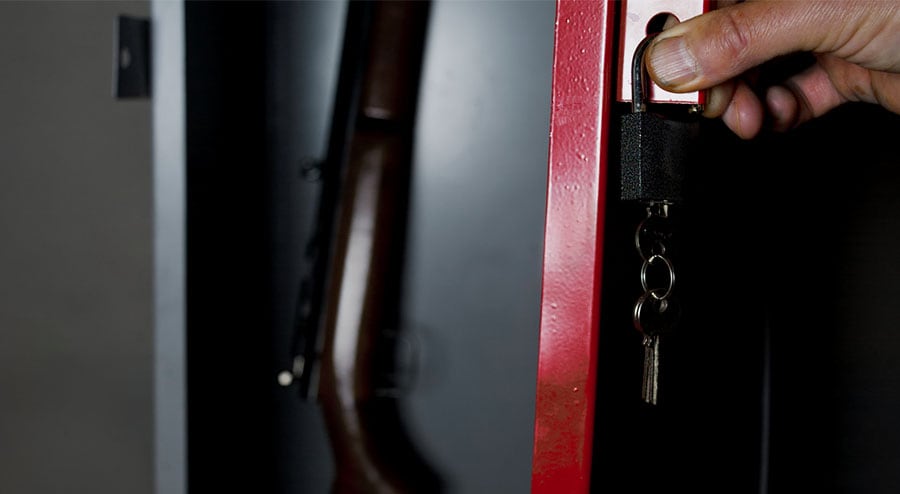
You will need a quality mechanism on hand to open up your safe. There are four mechanisms that could be utilized in your safe. These are all beneficial in their ways but you would have to be cautious when using them:
- A traditional key safe lets you use a key that goes into a lock. It is simple and easy to use but you would have to keep your key protected. The safe could be at risk of someone trying to pick it too. You can always get the safe rekeyed by getting a new lock added to its body every year or two.
- A knob safe requires you to turn the knob in a few directions and to match it up with a few numbers. This is a classic locking system that is precise and accurate. Some knobs may even come with key-based backup features in the event that the knob does not work properly.
- A digital safe uses a keypad that lets you open up the safe with a numerical combination. It is very easy to program. Some models even let you program temporary codes that last for a few hours at a time. You would have to get a battery for the mechanism to work, though.
- A biometric safe reads your fingerprints or another part of your body before you can get it open. It is a safe option that is extremely hard to open up without your unique physical data. But you will have to keep any part of your body that is needed for opening it clean and clear beforehand. A battery may be required too.
Each of these options is valuable, but you would have to look at how well one of these safes can work for you. You must review how you can program the combination or locking feature on your safe before you use it. The process required for making it all work will vary based on the specific safe you use.
Don’t Forget The Shelves
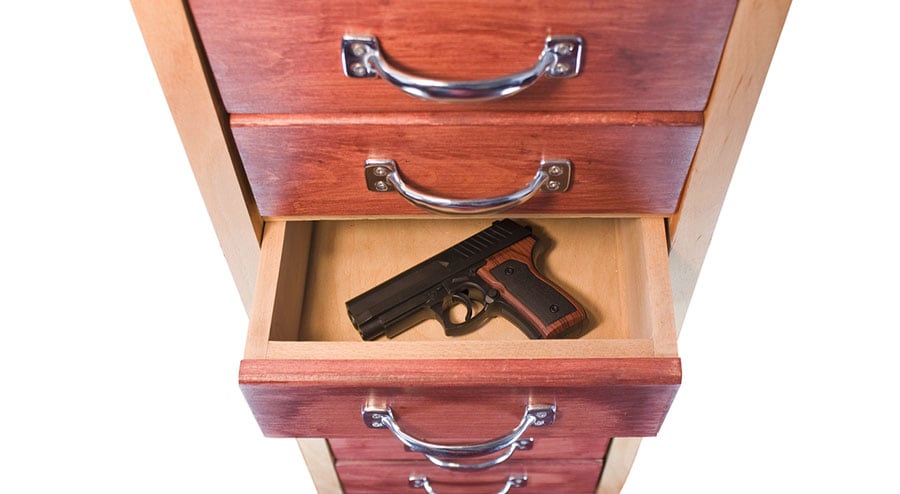
Shelving units may be found in some handgun safes too. This is primarily out of convenience. One shelf could be used for your gun while another secures a box of ammunition, for example.
You could even find some safes with removable shelves. You could reposition those shelves on many tiers inside the safe. This is perfect if you want to keep your gun protected, but you must ensure your shelf is secured right.
A Final Word
Your handguns must be kept safe at all times. They must be kept away from others in the house so they are not misused. They must also be kept protected from outside debris that might keep your guns from working as well as they should. Handgun safes are perfect for ensuring that your firearms will stay secure. Make sure you look around to see what safes are available and how they can work for this important aspect of your protection.


